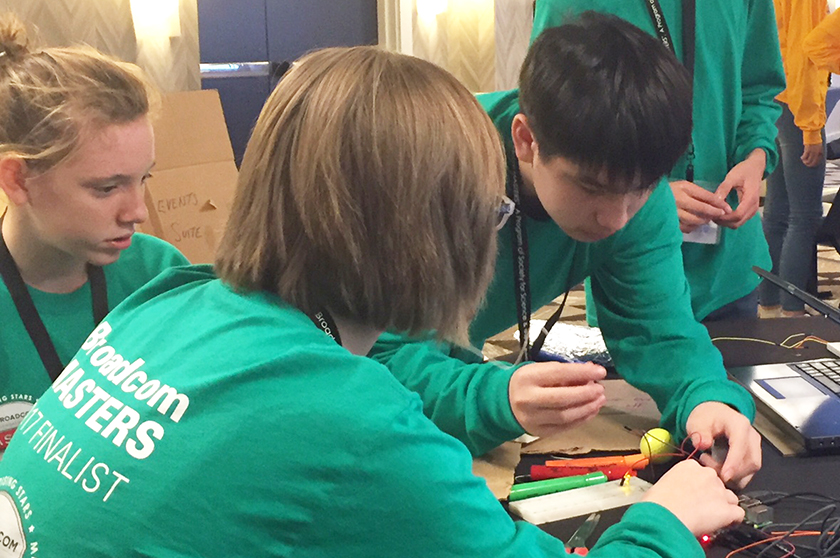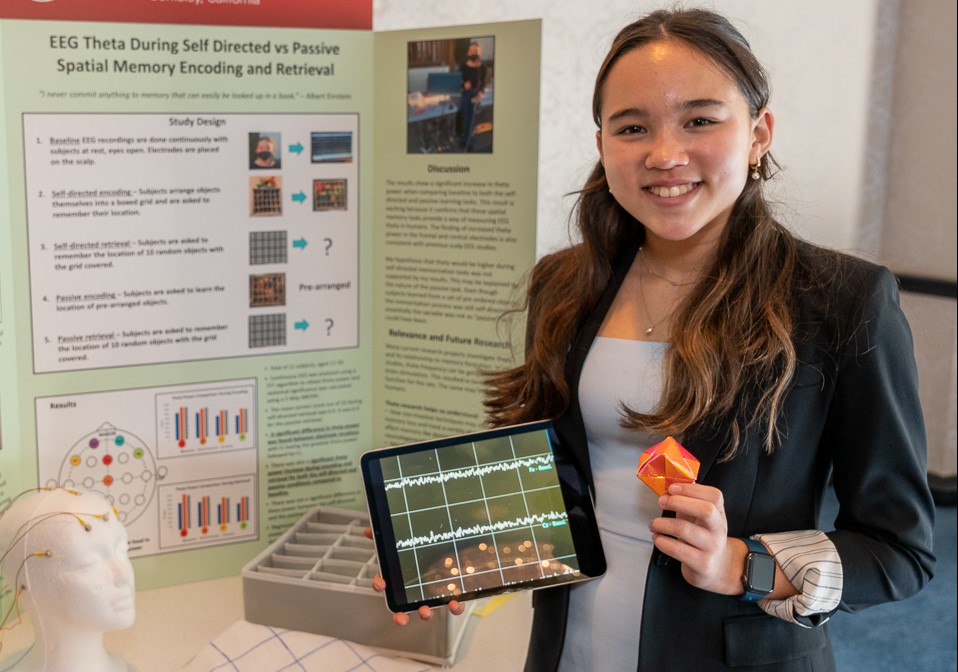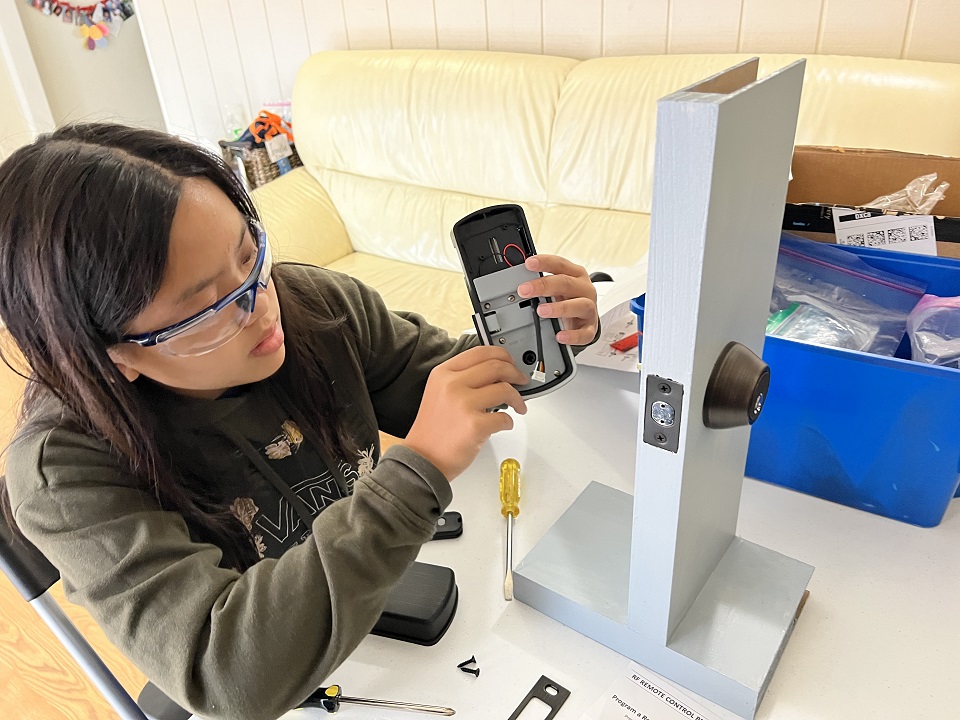Not a piece of cake: Raspberry Pi competition challenges young minds

Sprawled across a hotel floor, they cut cardboard boxes into tracks, ramps, and slides. Thirty middle schoolers, split up into teams, drew designs on flip boards and connected wires to circuit boards. Their objective: engage a golf ball to trigger an LED using a Raspberry Pi , a small and cost-effective computer that can be programmed to perform automated tasks.
Many of the Broadcom MASTERS 2017 finalists had never used a Raspberry Pi before. This was their first challenge of the week, and they were about to learn how to program it in just 70 minutes. Kate McGregor, the Manager of Family and Community Programs at the Computer History Museum, led the challenge on October 22, 2017.

During Broadcom MASTERS, the 30 finalists showcased their science fair projects to judges and visitors. They also participated in several challenges that highlighted their critical thinking, collaboration and communication skills, as well their creativity. The finalists worked together to design slides, tracks, and ramps that their ball could roll down and attached motion sensors and buttons to the balls. They coded their Raspberry Pi to sense this action and trigger an LED to turn on, all while the judges circled around them, taking notes.
“This is about working with your team,” Kate said. “Make sure you talk to your teammates — they’re incredible resources.”
For the challenge, the young scientists acquainted themselves with the engineering design process, which includes developing prototypes, testing, and going back to the drawing board if things do not work out. Ultimately, not all teams were successful in getting the light to turn on in response to the moving ball, but all of them demonstrated strong collaborative efforts.
“This is very terrifying,” one of the finalists mused. But his teammates assured him that they could figure it out. After all, 29 other heads are better than one.Read about more challenges from Broadcom MASTERS 2017!


